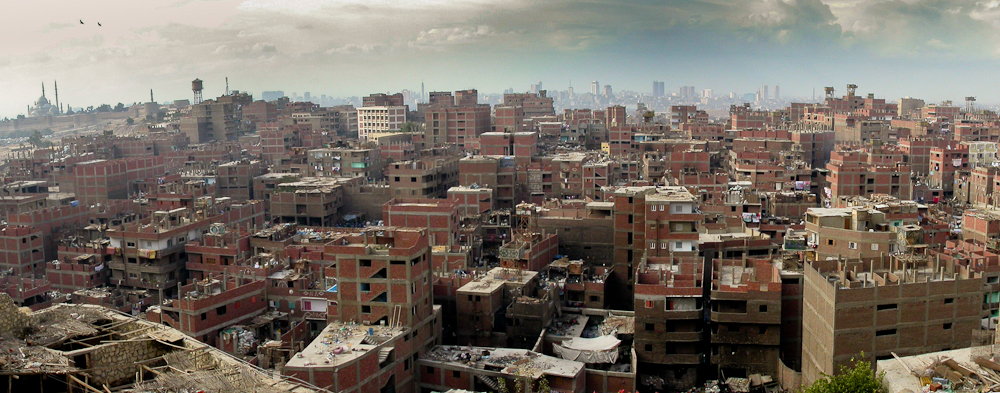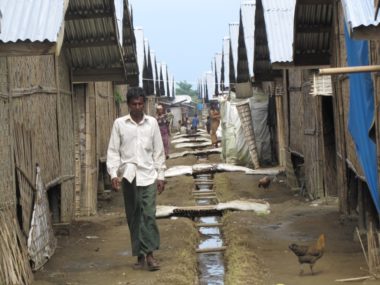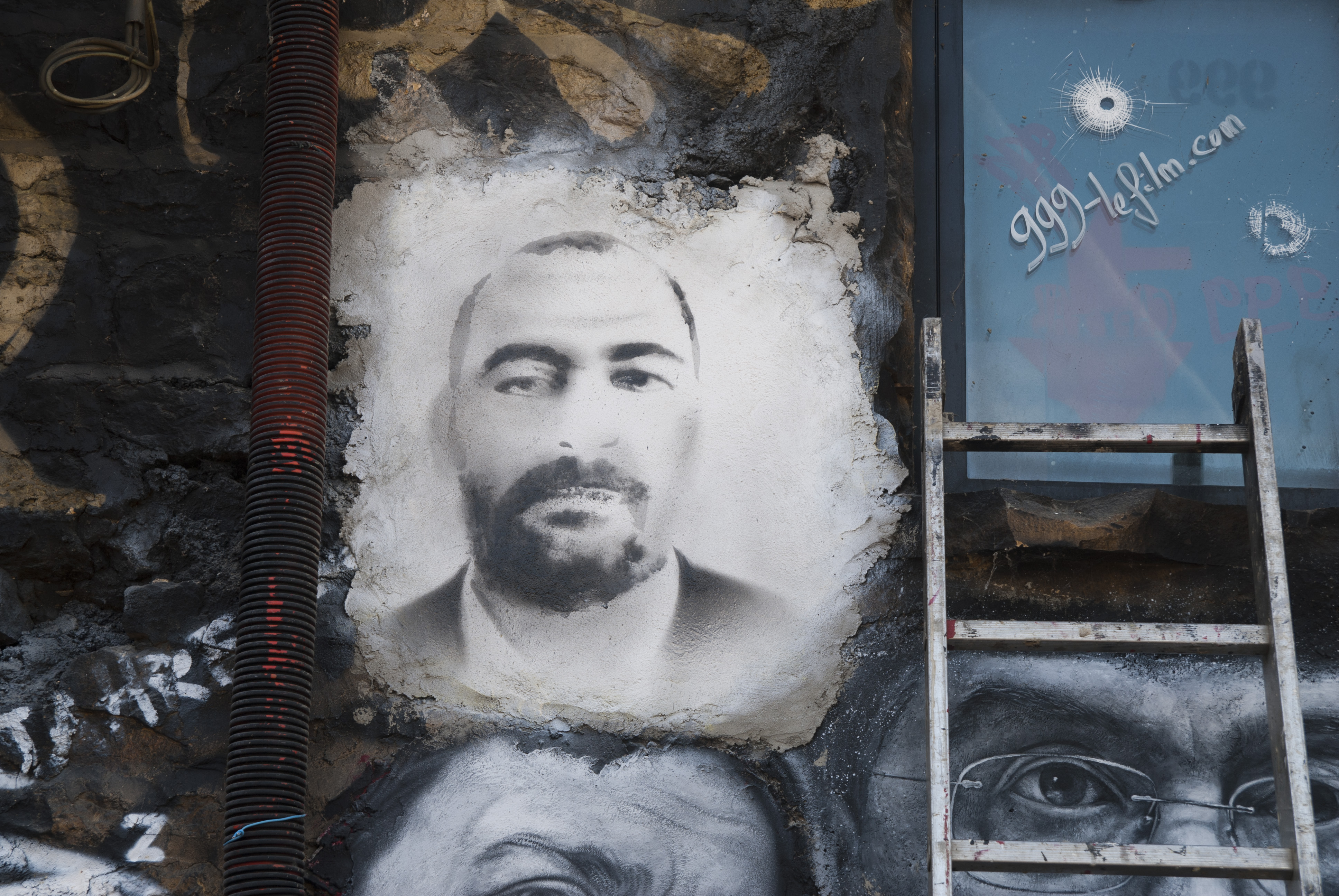Post by Allison Beth Hodgkins.
The assumption undergirding the Republican nominee’s proposed ban on Muslims entering the United States is simple: more Muslims equal more terrorism and a less secure United States. And while there is utterly no evidence of a relationship between increased Muslim immigration to the US and increased rates of domestic terrorism, according to one poll as many as 50% of Americans support at least a temporary ban.
The question that no one is asking is why? Why would half the US electorate think banning nearly one-quarter of the world’s population from entry is a good idea? Are we just a country of bigots?
No, we are not. As the push for marriage equality demonstrates, we are actually very tolerant of difference – once we get to know the group or the idea. But that’s precisely the problem with relation to Muslims: we don’t really know any.
Muslims are only 1% of the US population, or one out of every 100, and they are disproportionately concentrated in a handful of urban areas. The statistical rarity of a Muslim being among the people in your neighborhood is born out in the results of a survey done by the Public Religion Research Institute in 2011, which showed that 40% of respondents had never spoken to a Muslim and 24% had done so occasionally. Only 6% reported speaking with a Muslim on a daily basis.
What these numbers lay bare is that for the average American, their only reference points for Muslims are the occasional glimpse of a foreign looking woman in a veil and, well, the likes of Omar Mateen, San Bernardino shooter Syed Farook, or the Boston marathon bombers, Dzhokhar and Tamerlan Tsarnaev.
Combine that with ISIS, and more than a decade of war and terrorism in the majority Muslim Middle East, and it’s not that hard to comprehend why opening the doors to Muslim immigrants might give the average American some pause. The idea of more Muslims coming to America is scary because Americans simply cannot comprehend what it might mean to live with 5, 10, 15 or 20 million Muslims.
Well I do. For 10 months out of the year, I live with 20 million Muslims.
Since accepting a position at the American University in Cairo, I have lived cheek and jowl with some 20 million Muslims. Cairo, an urban megalopolis of 22-24 million, is just plain teaming with Muslims. In fact, with a population density of 50,000 per square mile, I am literally surrounded by them.
From the moment I open my door in the morning, until I close it at night, there are Muslims at every turn. The family down the hall from me is Muslim. The family below me is Muslim, as are three of the other four families on that floor. The crossing guard who scolds my son for not looking twice before crossing the street is a Muslim, as are the police down the street, and the guards checking IDs at the entrance of his school. Muslims are driving 90% of the cars that pass me as I walk down the street in a knee length skirt, and I sit next to Muslims on the bus to work and gripe with them about the traffic.
I argue with Muslims in faculty meetings, and go to them for advice. I teach them in my classes, and mentor them on career paths or options for higher study. I wait in long lines with them at the bank, buy groceries from them, and watch them fix the air conditioner in my apartment for the umpteenth time. And when I manage to drag myself to the gym, I work out with them. There are Muslims involved in almost every single aspect of my daily life. I cannot get away from them.
You see, when you live with 20 million Muslims, their Muslim-ness becomes nothing more than a backdrop for all those other characteristics that matter in being a neighbor, an anonymous bystander, a friend, or a threat. In an environment where being Muslim is the common denominator, it is absolutely certain the person committing an act of terror will be an adherent of the faith. But they will also be the victims, the police who come to investigate, the reporters covering the event, the people queuing to give blood, and the leaders charged with devising the best policy to counter what they are quick to label radical, Islamist extremism.
One of the most important facts missing from the current discourse around terrorism and Islam is that Muslims are the most common victims of radical, Islamist extremism. And when you live with 20 million Muslims, you hear the talk about this danger to their lives, their nations, and their faith, every single day. So before jumping on board with the idea of a comprehensive Muslim ban, it might be worthwhile to spend some time thinking about what its really like to live with just 3.3 million Muslims and taking the time to get to know just one or two.
This post initially appeared in the Portland Press Herald.







